Eight Must-Visit Croatian Castles, Fortress, and Citadels
June 23, 2022 - In this small guide to Croatian castles, fortresses, and citadels you will find some of the many walled wonders that you can explore in the country, to add a bit of history to your vacation.
It is well known why Croatia is one of the countries where HBO producers set their sights on adapting the acclaimed and popular Game of Thrones novel. Although Croatia is widely known for its Illyrian and Roman heritage thanks to its palaces and amphitheater, many of its castles and fortresses help to display a more medieval side of the country.
For those who have a particular interest in the feudal and medieval history of Croatia, here we review some of the main Croatian castles, fortresses, and citadels that are worth visiting.
Pula Castle
The Pula Castle is a star-shaped castle with four bastions that was built in 1630 to protect the city and its harbor because of its great significance in maritime trade in the North Adriatic. The Venetians commissioned the building of the Castle to the French military architect Antoine de Ville. This was most probably the site of an earlier fortress dating from the pre-Roman and Roman periods. Today the Castle houses the Historical Museum of Istria.
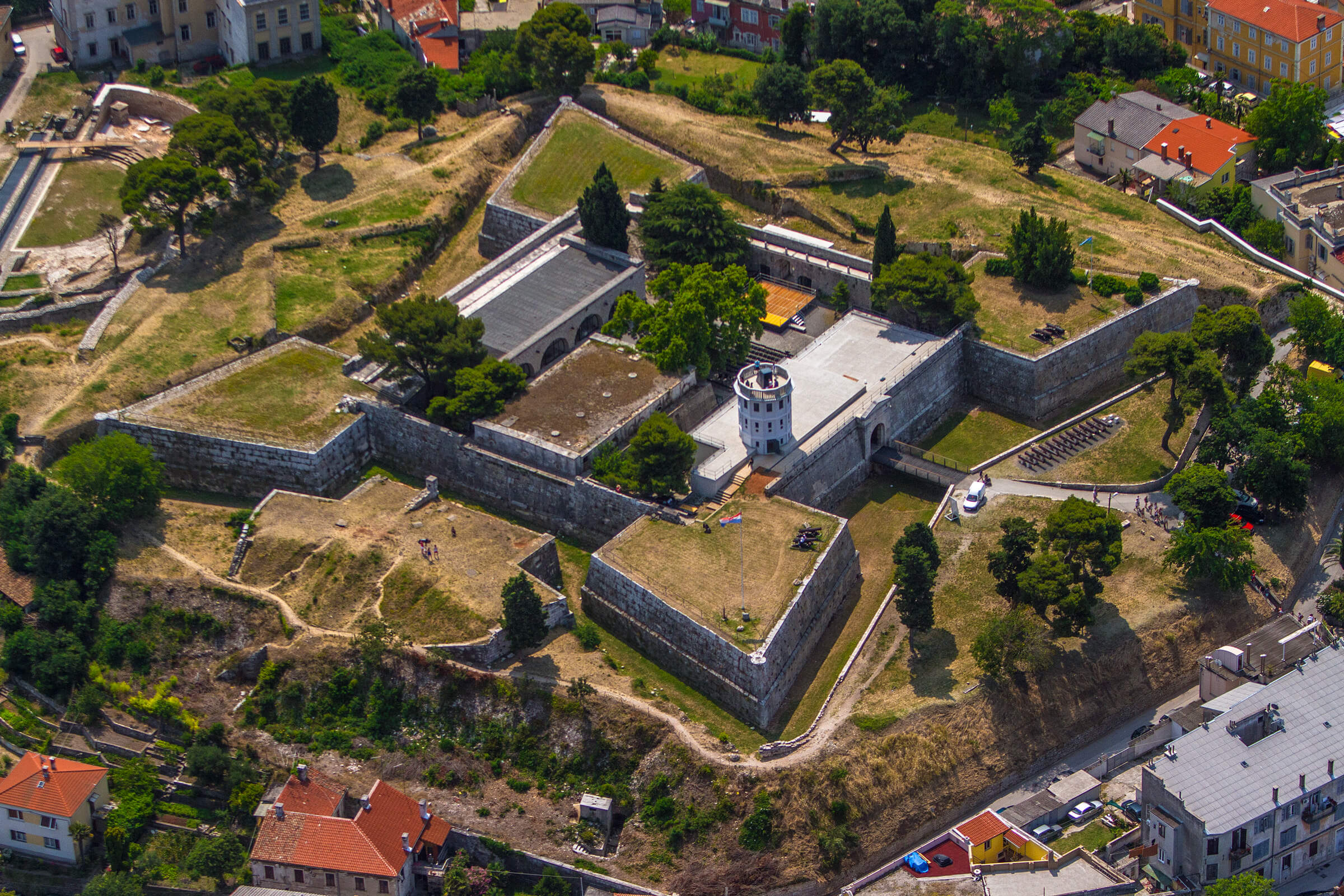
Image: Pula Tourist Board
Trsat Castle
The Trsat Castle served as a lookout on a hill 138 meters above sea level, now overlooking the city of Rijeka. It was mentioned as a parochial center for the first time in 1288. At this same site, there was a Liburnian observation post from prehistoric times, used for monitoring the roads leading from the hinterland to the coast. This location served well for the Romans to establish their defense system, the so-called Liburnian limes, whose starting point was the Tarsatica fortress town, located now in Rijeka's Old Town.
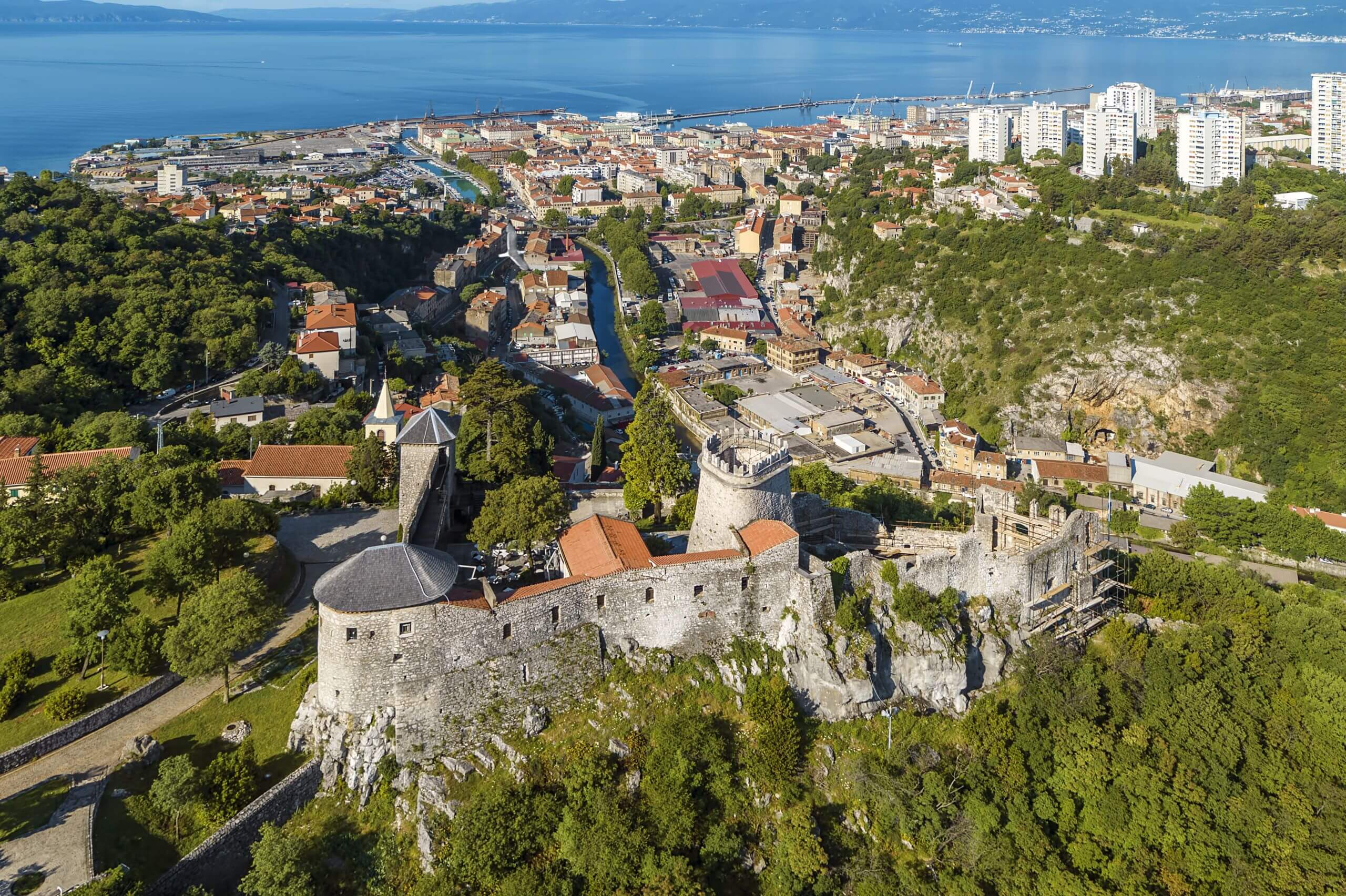
Image: Rijeka Tourist Board
Dubovac Castle in Karlovac
The Dubovac castle is one of the best-preserved and most beautiful monuments of feudal architecture in Croatia. It was built on a hill above the Kupa river and was named after an oak that grows on the surrounding slopes. It changed owners throughout history, changing its appearance depending on current needs and fashion, and got its present appearance after a complete reconstruction in the mid-20th century. It is not known exactly when did construction begin, but books say that it was finished during the 13th century.

Image: Karlovac Tourist Board
Trakošćan Castle
The Trakošćan castle was built at the end of the 13th century in the defense system of northwestern Croatia as a small observation post to monitor the road from Ptuj to the Bednjan valley. According to the legends, the Trakošćan castle got its name from the Thracian fortress, which allegedly existed in ancient times. Another surviving tradition says that it was named after the Drachenstein knights who ruled the area in the early Middle Ages. A museum with a permanent exhibition was founded in 1954.
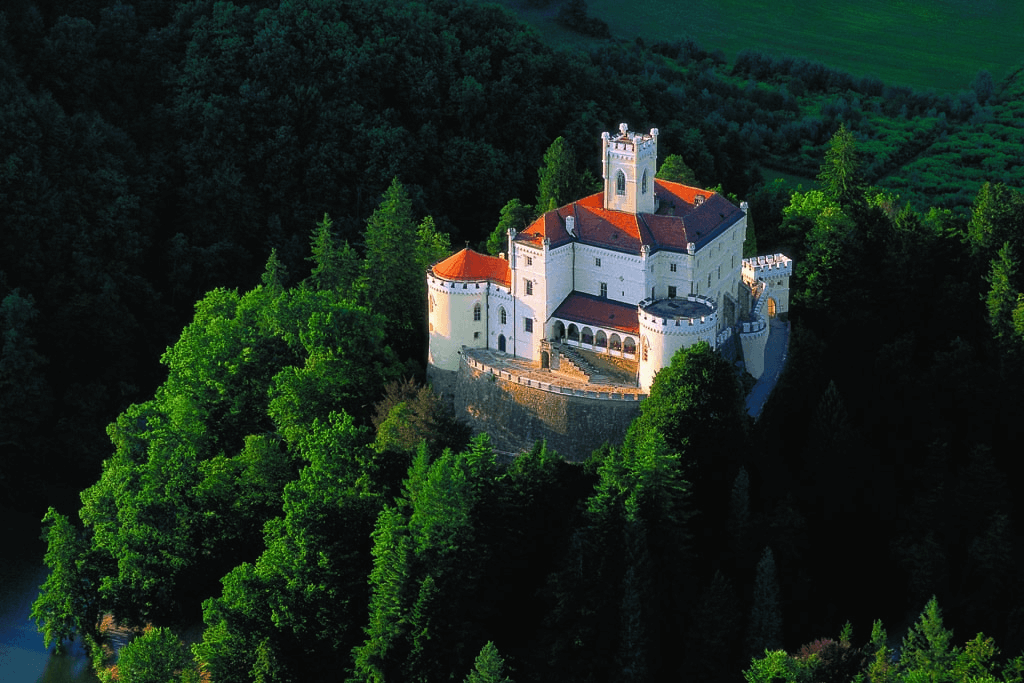
Image: Trakošćan
Varaždin's Old Town
Varaždin’s feudal fortress, known from ancient times as the Old Town, is undoubtedly the most significant historical building in the city. Unlike the royal free city that grew next to and around it, the fort was the heart of the noble estate, which was separate in terms of ownership and law. Disputes between its inhabitants with the citizens of Varaždin were frequent. The fort was built intermittently from the 14th to the 19th century, and its oldest part is the central tower adorned with Gothic benches and canopies, which is a rarity for this type of medieval plastic art in north Croatia.
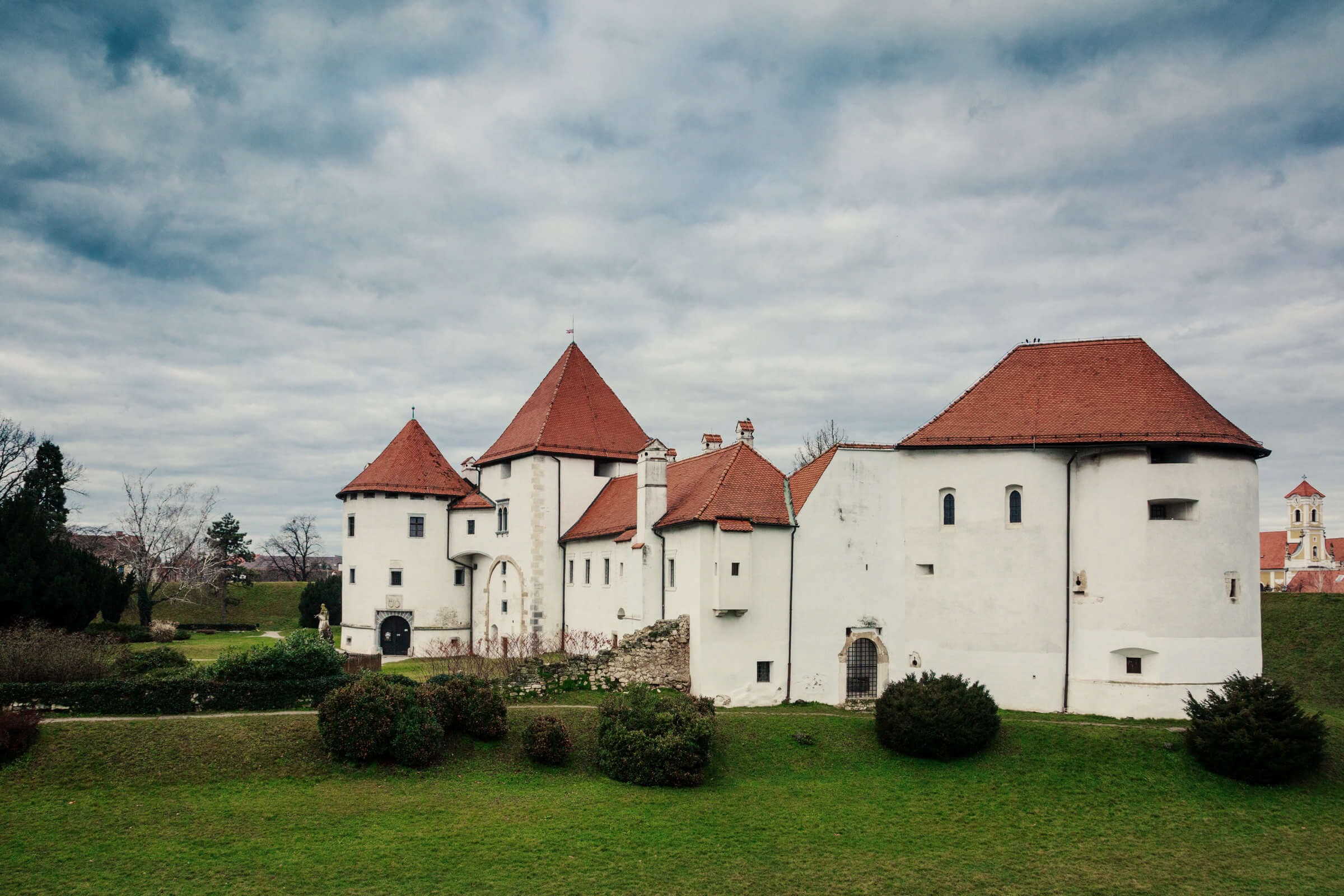
Photo: Mario Romulić
Medvedgrad in Zagreb
At the top of Medvednica, this picturesque medieval castle has been watching over Zagreb for eight centuries. It was built in 1254, after the catastrophic invasion of Tatars who had raided and devastated this area, burning and razing to the ground the two settlements which later became the city of Zagreb: the burgher’s Gradec and the bishop’s Kaptol. Even though magnificently fortified and always ready for battle, Medvedgrad was never attacked. In 2021, Medvedgrad was reopened to the public with a modern and interactive museum inside.
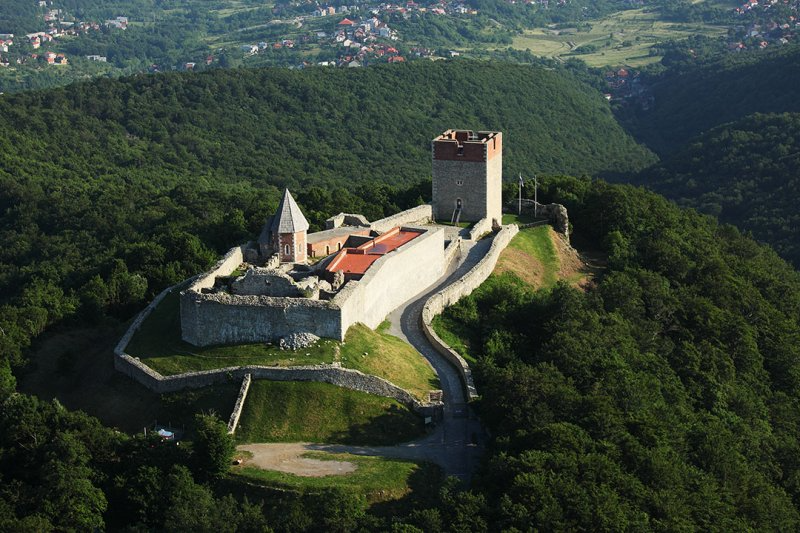
Image: Zagreb Tourist Board
St. Nicholas Fortress in Šibenik
The fortress of St. Nicholas, located at the entrance to the Channel of St. Ante in Šibenik, is a unique Venetian fortification. It was built on the island of Ljuljevac, on the site of the former Benedictine monastery of St. Nicholas, after whom it was named. The construction of the fortress, according to the project of the Venetian architect Gian Girolamo Sanmichelli, began in 1540 after the fall of the city of Skradin under Ottoman rule, when the Venetians had to strengthen the defense of Šibenik, its most important strategic port on the eastern Adriatic coast.

Image: Šibenik Tourist Board
Klis Fortress
Klis fortress was built on an extraordinary strategic location separating the mountains of Mosor and Kozjak that allowed military and commercial control over the whole Klis valley and the area of Salona and Split. Because of its importance, Klis was often referred to as the key to Dalmatia and the heart of the medieval Croatian kingdom. It was built as a small stronghold by the Illyrian tribe Dalmatae, then became a royal castle during feudal and medieval times, and lastly served as a major source of defense against the Ottoman advance.

Image: Jules Verne Times Two/Wikimedia Commons
For more on travel in Croatia, follow TCN's dedicated page.
Rijeka Advent: Trsat Castle Fairytale Has Begun
December 2, 2018 - Rijeka's most anticipated Advent festivities at the hilltop Trsat Castle officially opened with fireworks!
This evening at 6:00 PM the Trsat Castle complex was once again illuminated with a thousand shimmering holiday lights while dazzling fireworks lit up the sky above the medieval fortress. The ceremonial opening marked the 2nd year of Advent on Gradina whose 2018 program promises to surpass last year's. You can watch the videos below.
As it was expected, the Trsat Castle complex was simply too small for more than 6,000 visitors who came tonight to witness the official opening of the 2018 Advent festivities in Trsat.
The spectacular opening was followed by the concert of Croatia's The Voice winner and Eurosong representative Nina Kraljić who was accompanied by guitarist Miroslav Gugić, and visitors were also delighted to hear the Ri Brass Quintet composed of The Ivan pl. Zajc National Theatre wind soloists Ivica Lukanec, Luka Horvat (trumpets), Vinko Rožić (horn), Marijan Orešković (trombone), and Romano Hantih (tuba) who performed thereafter. In addition, the crowd gathered outside the fortress in front of the newly opened ice skating rink in Nugent Park was entertained by a popular local acoustic trio comprised of Dino Antonić (vocal), Dorian Cuculić (keyboards) and Dino Ivelja (bass guitar).
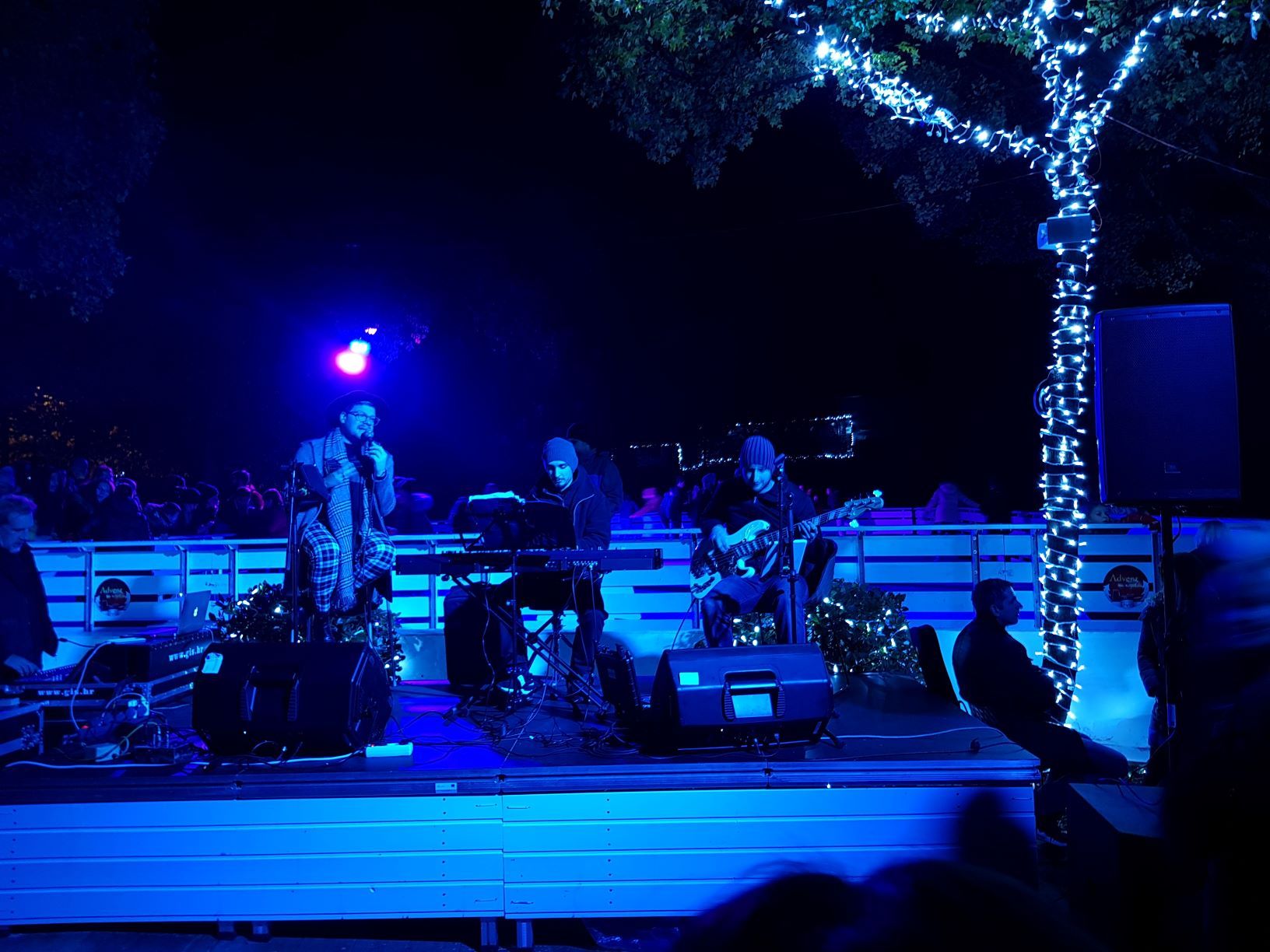
While last year's Advent on Gradina welcomed around 60,000 visitors from all across the region, this year expects to see even more merry attendees.
For more news and updates on the upcoming Advent events in Rijeka make sure you follow the official Advent Rijeka Facebook page, and for more related content on TCN stay tuned by following our dedicated lifestyle page.
Rijeka Advent: Ready for Cool Yule?
With the most wonderful time of the year just around the corner, Rijeka is full-on getting into the Christmas spirit. Everything is ready for the 2018 Rijeka Advent festivities, reports Rijeka Tourist Board on November 30, 2018.
As Christmas draws near, we are delighted to announce the opening of Rijeka Advent which is to take place tomorrow, December 1, 2018. Advent in Rijeka traditionally begins with lighting the first Advent candle on the Ivan Kobler Square followed by the ceremonial illumination of the city's holiday lights which are guaranteed to give Rijeka an instant festive makeover. This year, we will see an upgrade of Rijeka's holiday decor with brand new 7,458-meter long string lights and lighting decorations in 20 different designs.
Since last year's edition, Rijeka Advent has also grown in size. The 2018 event features new locations like TunelRi, the city's first underground tunnel that was built beneath downtown Rijeka in 1942, and served as an air raid shelter during WW2. Because of its special vibe, this 350-meters long tunnel is expected to be one of the most frequented attractions of this year's Rijeka Advent. It will be hosting various events like food fairs and wine exhibitions, but also theater shows for children, and for grownups, there'll be music events and parties on weekend nights.
Another novelty is the month-long Rijeka Gastro Advent which will be held at the Rijeka Resolution Square. Make sure you do regular rounds of this market because Gastro Advent is expected to offer various street food extravaganzas as well as traditional homemade specialties, artisan products, mulled wine, craft beer, etc.
And although there will be stands and stalls popping up everywhere, the city's largest Christmas market remains the one located downtown – whether you’re looking for decorations, handmade arts and crafts, or that perfect last-minute gift, you'll probably find it in one of the wooden chalets lined all along Rijeka's main pedestrian street Korzo. Also, another Christmas Art Bazaar has been announced, and with more than 30 independent designers and artists taking part, you're bound to pick up some really unique gifts you won't find in department stores.
The magical Trsat Castle will host Advent on Gradina which had its premiere last year, and in 2018 it boasts an even better program, while its biggest surprise is definitely the beautiful outdoor ice rink nestled in the heart of Nugent Park that overlooks the Kvarner Bay.
To find out more, check out the entire program here; there's definitely something for everyone! So just put on your ugliest Christmas sweater and come immerse yourself in the festive atmosphere of Rijeka Advent...
For more related news, make sure you follow our dedicated lifestyle page.
Merry and Bright: Trsat Castle to Join Advent Programme in Rijeka
Advent in Rijeka is expanding to a new location this season: the Trsat castle


